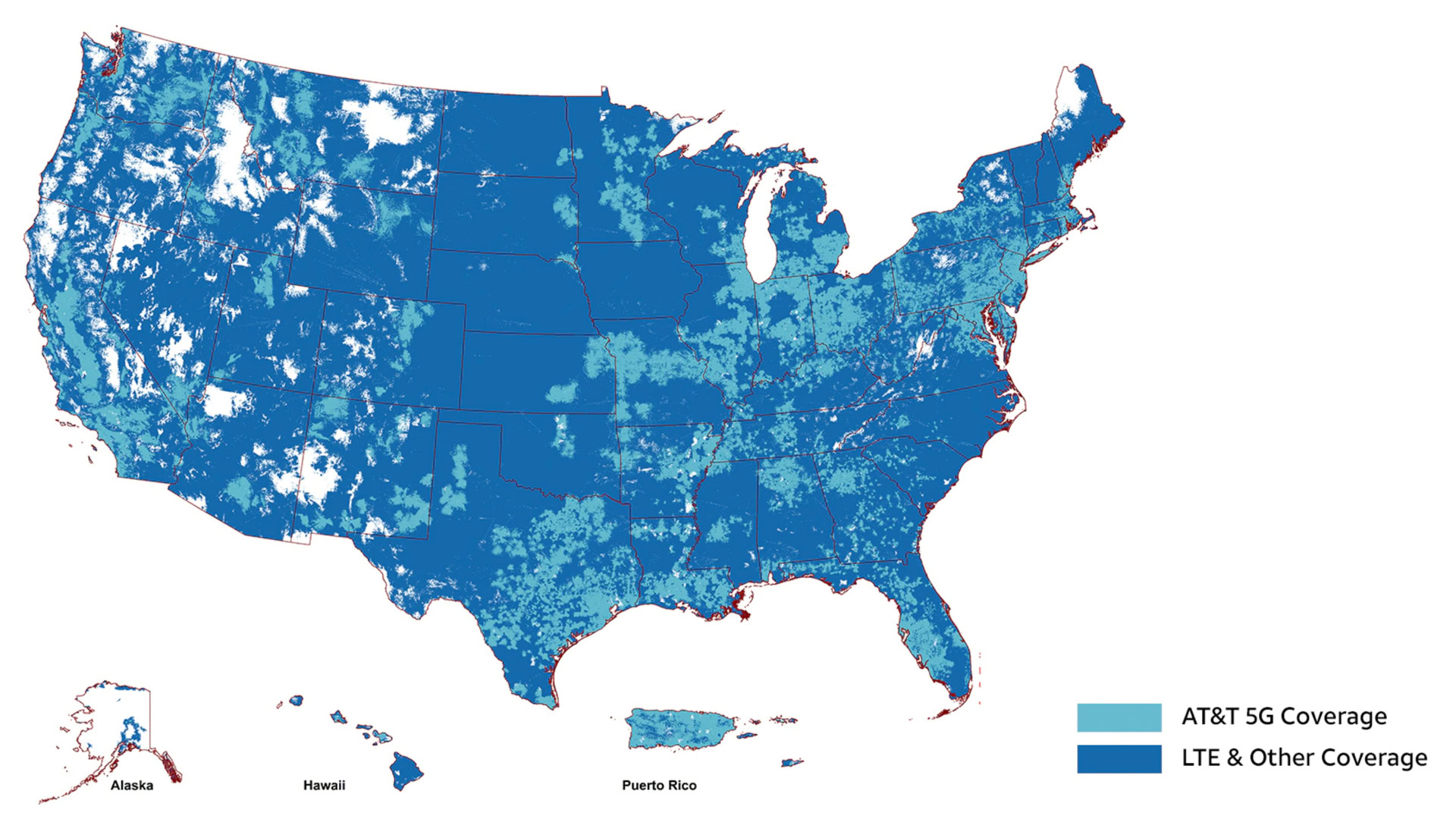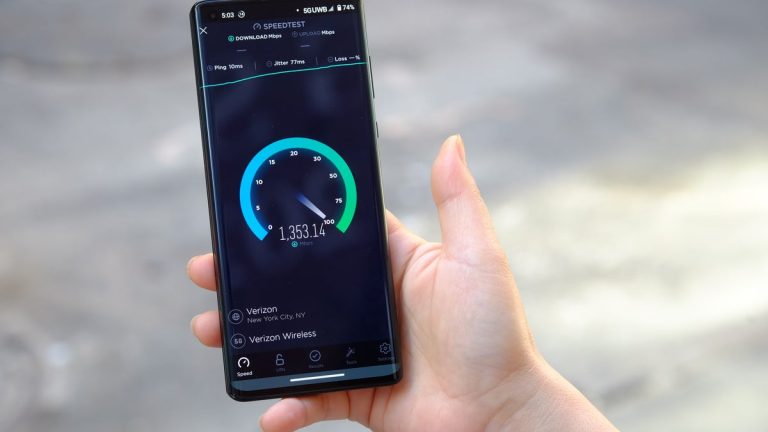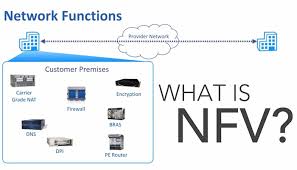ATT 5G Network Review: Coverage, Speed, and Real-World Performance
telcomatraining.com – As 5G technology continues to expand, AT&T remains one of the key players in the race to deliver faster, more reliable wireless connections across the United States. With growing competition from Verizon and T-Mobile, AT&T’s 5G network has made significant strides in coverage, speed, and overall performance. This review explores how AT&T’s 5G network performs in real-world conditions, analyzing its reach, data speeds, and user experience to determine whether it lives up to the hype.
Expanding Coverage Nationwide
AT&T’s 5G network is divided into two main categories: 5G (sub-6 GHz) and 5G+ (mmWave and mid-band). The standard 5G network offers widespread coverage, reaching over 295 million people across the U.S. This layer provides a reliable connection in suburban and rural areas, prioritizing consistency over speed. On the other hand, AT&T’s 5G+ is focused on urban centers, stadiums, and airports, offering blazing-fast speeds in limited zones.
In terms of coverage, AT&T ranks among the top three carriers in the country. Its continuous rollout of C-band spectrum, which bridges the gap between wide coverage and ultra-high speed, has been a game-changer. This expansion aims to deliver faster data rates while maintaining stable connections, ensuring users can experience true 5G performance wherever they go.
Speed and Latency Performance
Speed is one of the most crucial metrics for evaluating any 5G network, and AT&T has shown steady improvement. According to several independent speed tests, AT&T’s average 5G download speeds now range between 100 Mbps and 300 Mbps, depending on the location and network type. In dense urban areas with access to 5G+, users have reported speeds exceeding 1 Gbps, making it suitable for data-heavy applications like streaming 4K video, online gaming, and real-time AR/VR experiences.
Latency—the time it takes for data to travel from the device to the network—is another area where AT&T performs impressively. With an average latency of 25–35 milliseconds, the network ensures smooth, lag-free communication, which is critical for business users and mobile gamers. As AT&T continues to optimize its infrastructure, these numbers are expected to improve even further.
Real-World User Experience
While lab tests and benchmarks paint a promising picture, real-world performance often tells a different story. Fortunately, most AT&T 5G users report a positive experience overall. The transition from LTE to 5G is generally seamless, with stable connections and minimal signal drops. Users in major metropolitan areas like Dallas, Chicago, and Los Angeles experience some of the fastest speeds, while those in rural regions still benefit from consistent and dependable coverage.
AT&T’s investment in advanced technologies such as Dynamic Spectrum Sharing (DSS) also enhances its real-world performance. This technology allows the network to share spectrum between 4G and 5G devices dynamically, optimizing network resources without compromising speed or reliability.
Devices and Plans
AT&T offers a wide range of 5G-compatible devices, including the latest iPhone, Samsung Galaxy, and Google Pixel models. Its 5G plans are competitively priced, often bundled with additional perks like HBO Max or premium streaming add-ons. This makes it a strong choice for both everyday consumers and business users seeking balance between cost and performance.
Final Verdict
AT&T’s 5G network continues to prove itself as a strong competitor in the U.S. telecommunications landscape. With impressive nationwide coverage, solid speed performance, and improving real-world reliability, it stands as one of the most balanced 5G options available. While T-Mobile may lead in raw speed and Verizon in ultra-wideband capacity, AT&T offers a dependable and versatile network suitable for a wide range of users.
In conclusion, AT&T’s 5G network strikes an excellent balance between reach and performance. For those seeking a stable, fast, and future-ready mobile experience, AT&T remains a top contender in the next generation of wireless connectivity.







